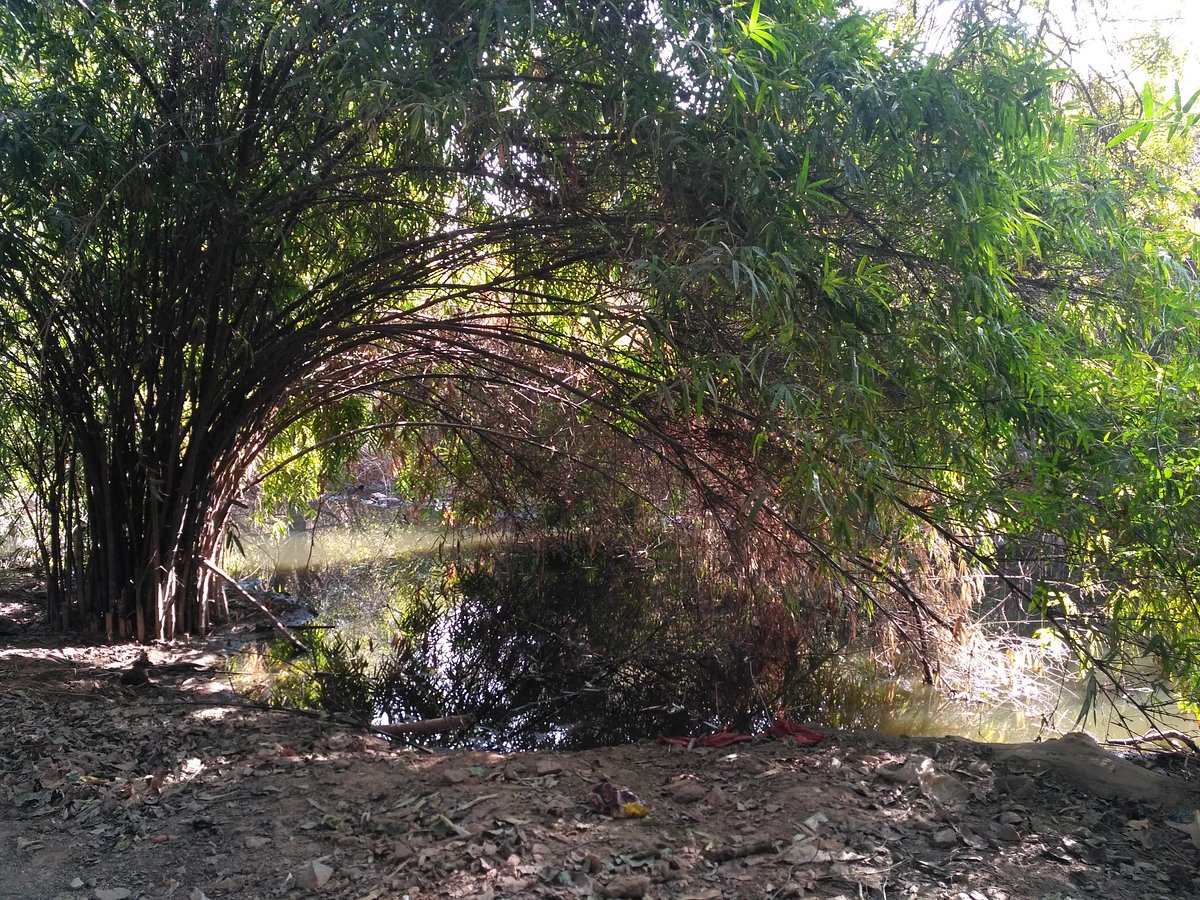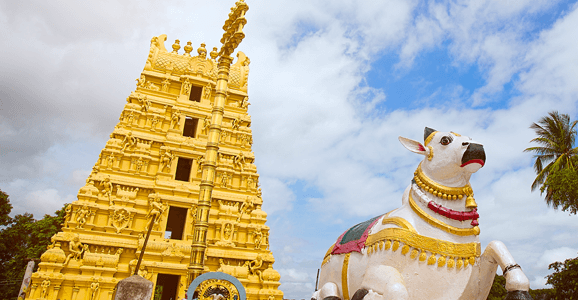Visiting a horror-themed location is no piece of cake, but it has certainly been a remarkable journey to experience the essence of spooky vibes in the area. OTT movies have always introduced us to the most unique places in India, but encountering them in person evokes a different feeling. Today, in this blog, I am going to talk about one such place that exudes spooky and chilling vibes. If you are a strong-hearted person, then this place will undoubtedly leave you with an everlasting impression.
Spread across 443 acres, Sanjay Van, located near Mehrauli and Vasant Kunj in Delhi, encompasses a diverse range of flora and fauna. During the daytime, visitors to this forest in south Delhi will encounter lush greenery and the delightful melodies of birds, making it a haven for nature enthusiasts. Known for its dense foliage, the forest is home to various bird species including the Asian koel, white-breasted kingfisher, and purple sunbird. Exploring its thorny vegetation and seeking respite under the shade of its trees is particularly rewarding during winter walks. However, as night falls, the forest reveals a different narrative, characterised by eerie and spooky occurrences as mysterious beings roam freely in its depths.
.
History of sanjay van
Sanjay Van, a reserved forest area, is situated within Delhi’s ancient Aravallis and the contemporary South-Central Ridge. Named in honour of Sanjay Gandhi, the son of former Prime Minister Indira Gandhi, the region witnessed substantial development in the late 1970s as part of an afforestation initiative. Over time, it has evolved into a thriving biodiversity hotspot.
Attractions
a 15-20 minute trek through partially rocky terrain leads to vantage points offering stunning views of the lush greenery and the majestic Qutub Minar in all its splendour.
Sanjay Van Lake, a recent addition, enhances the landscape with its serene waters, adorned by graceful white swans, boats, and aquatic plants.
Throughout the forest, you’ll encounter small waterfalls, providing a refreshing and tranquil experience amidst the verdant surroundings.
A short stroll from the lake brings you to the L.G. Tower, resembling a Machan, popular for birdwatching. Due to its appeal, it can get crowded, so arriving early is advisable to avoid both the heat and the crowds. Once again, the Qutub Minar is visible from this spot.
For those intrigued by rock climbing, a visit to Mayur Pahadi, also known as Peacock Hill, offers both adventure and a picturesque picnic spot.
However, beyond the scenic beauty lies a layer of legends and horror stories, adding an extra dimension of uniqueness to the experience, guaranteed to send a chill down your spine.
…
Encompassing an area of 10 square kilometres, the forest is dotted with graves and mausoleums of Sufi saints, alongside the remnants of Qila Rai Pithora’s broken ramparts. Numerous tales abound of eerie encounters, including sensing the presence of unseen entities, hearing inexplicable cries and laughter, and catching glimpses of a mysterious
Encompassing an area of 10 square kilometres, the forest is dotted with graves and mausoleums of Sufi saints, alongside the remnants of Qila Rai Pithora’s broken ramparts. Numerous tales abound of eerie encounters, including sensing the presence of unseen entities, hearing inexplicable cries and laughter, and catching glimpses of a mysterious
Some special tips

Follow designated trails to avoid disrupting the delicate ecosystem and damaging native vegetation.
Bring binoculars or cameras with high zoom capabilities to observe wildlife from a respectful distance without causing disturbance.
Pack out all trash and dispose of it properly to prevent littering, which can harm wildlife and their habitats.
Keep noise levels low to appreciate the natural sounds of the forest and minimise disturbance to wildlife.
Practice Leave No Trace principles to avoid disturbing plants, animals, and their habitats.
Carry reusable items, ample water, and snacks to stay nourished and hydrated during your visit. Refrain from feeding wildlife, as human food can be harmful to them and potentially dangerous for humans.
…
How to reach?

To reach Sanjay Van, you can use various modes of transportation depending on your starting point:
By Car: If you’re driving, you can navigate to Sanjay Van using GPS or maps. The forest is accessible via the Mehrauli-Badarpur Road, near Mehrauli in South Delhi. There are parking facilities available near the entrance.
By Public Transport: You can take a metro to the nearest station, which is Qutub Minar Metro Station on the Yellow Line. From there, you can hire a taxi or auto-rickshaw to reach Sanjay Van. Alternatively, you can take a bus to Mehrauli and then walk or take a short ride to the forest.
By Bike or Bicycle: Sanjay Van is also accessible by bike or bicycle if you prefer a more eco-friendly mode of transportation. Just ensure you follow road safety guidelines and park your bike or bicycle in designated areas.
Once you arrive at Sanjay Van, you can follow the designated trails to explore the forest and enjoy its natural beauty and historical significance.
Final thought
Sanjay Van provides a captivating fusion of nature and historical allure. Whether you’re a birdwatcher, fitness aficionado, or thrill-seeker craving spine-chilling experiences, this verdant sanctuary caters to all. Exploring it at night promises an unforgettable adventure, brimming with trust and intriguing tales of horror











